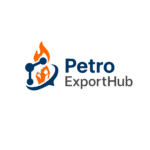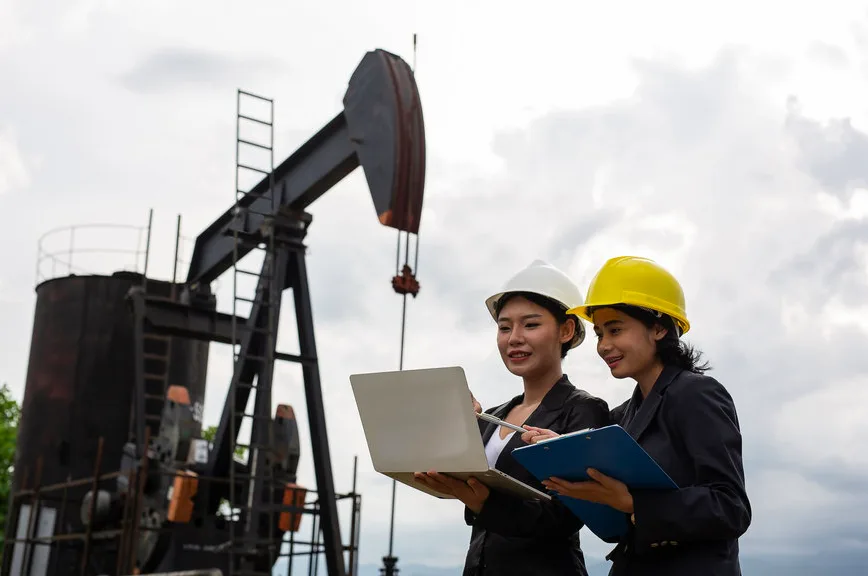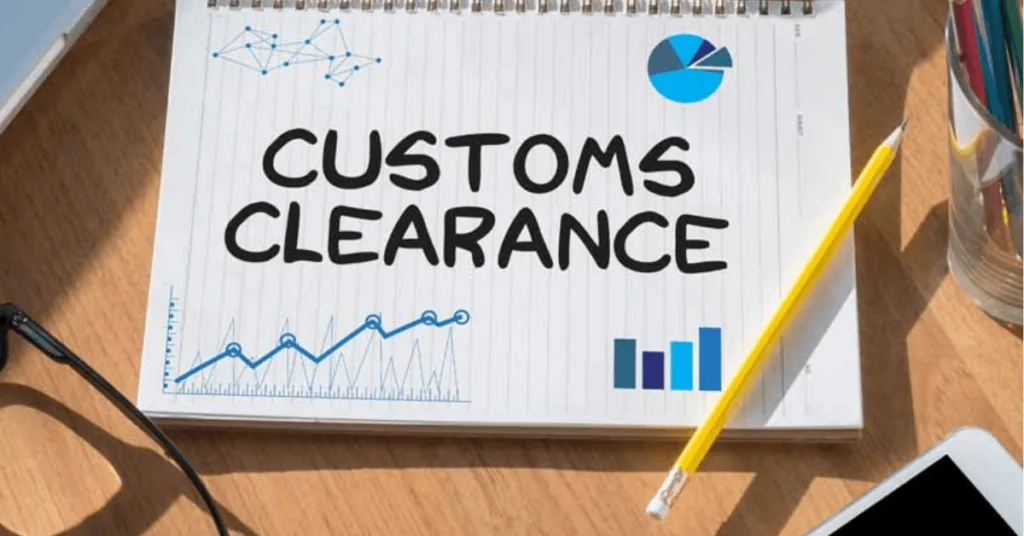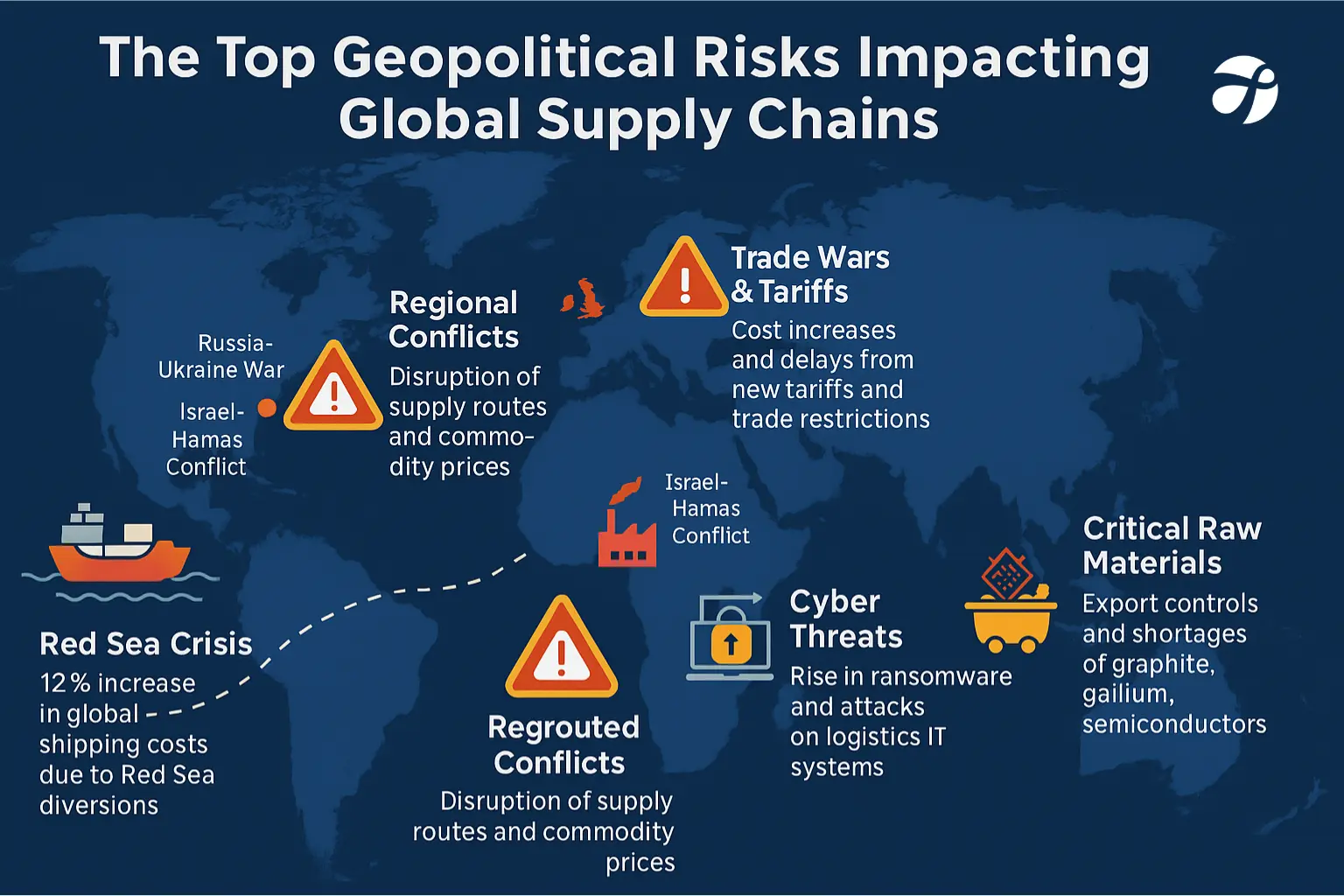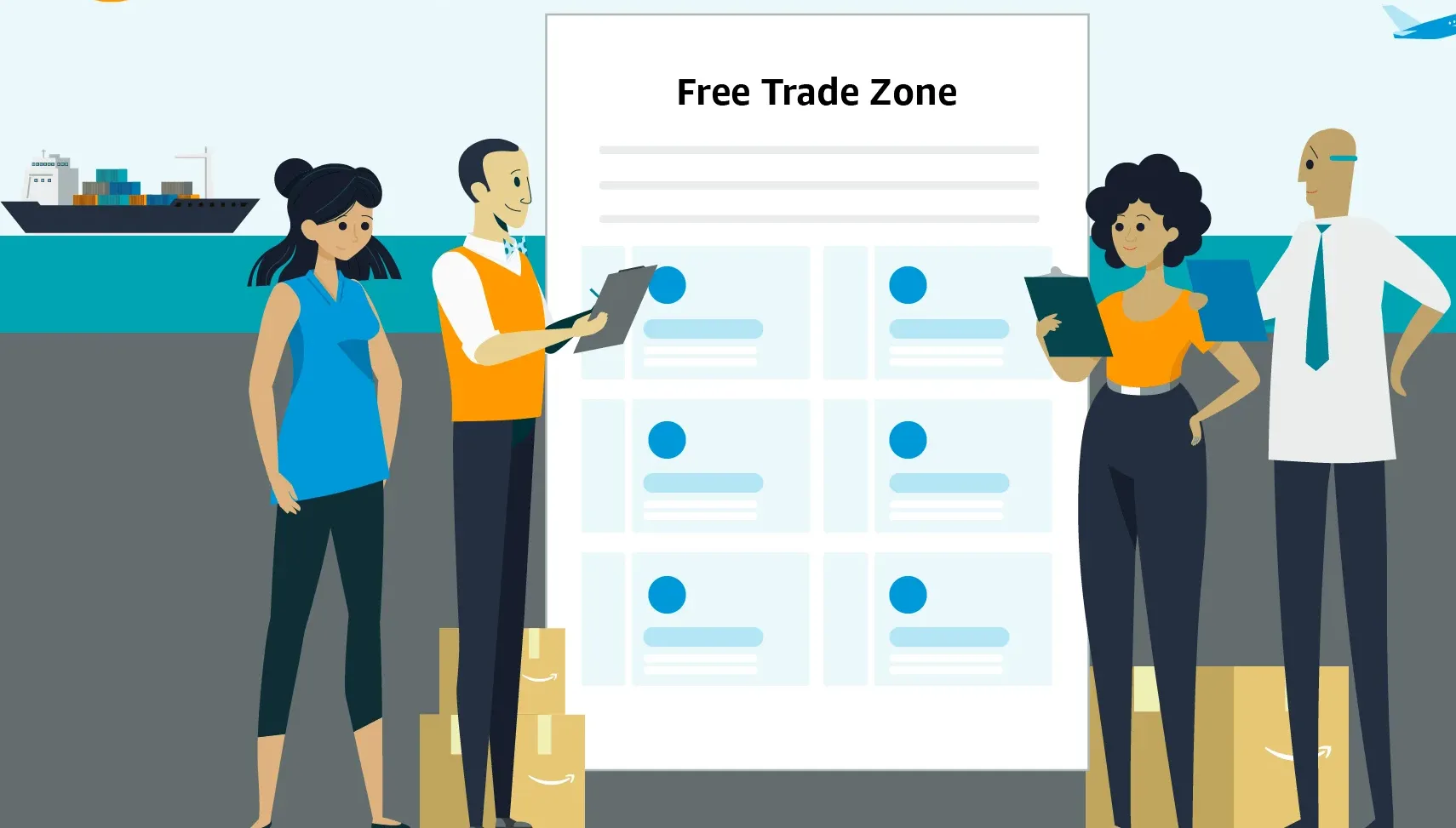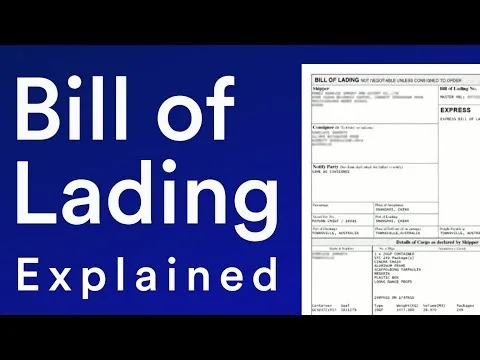Archive Articles
- Ask an Expert
- Export Guides
- Market Trends
- Product Comparison
- Shipping & Packaging
- Trade Compliance
- Uncategorized
Digital transformation is reshaping petrochemical trade through AI, data, and e-commerce. AI in petrochemical trade enables accurate forecasts and smarter contracts. A data-driven petrochemical supply chain gives real-time v . . .
Sustainability in petrochemical supply chains requires action across feedstock, energy, logistics, packaging, and governance. Measuring and reporting the carbon footprint of petrochemicals (scopes 1–3) is the foundation fo . . .
Customs clearance is one of the most critical steps in petrochemical exports, where mistakes can cause major delays and financial losses. Exporters of PE100B, SN150, solvents, and MEG must carefully manage HS codes, document . . .
International payment methods are crucial for the chemical trade industry, where risks are high and margins depend on reliability. Exporters of PE100B, SN150, and MEG must balance security with flexibility in choosing betwee . . .
Geopolitical risks such as wars, sanctions, and shipping disruptions are reshaping global chemical export markets. They directly influence prices, logistics, and buyer confidence. Products like PE100B, SN150, and MEG are par . . .
Free Trade Zones (FTZs) are becoming vital for petrochemical exporters, offering reduced costs, faster logistics, and broader market access. They provide exporters of PE100B, SN150, and MEG with competitive advantages in pri . . .
Letters of Credit (LCs) are essential for securing payment in petrochemical exports. They reduce risks for exporters and buyers while ensuring smooth trade finance operations. Different types of LCs fit different trade scena . . .
The Bill of Lading is the backbone of international petrochemical trade. It acts as a receipt, contract, and title document, ensuring smooth delivery and payment. Choosing the right type of B/L is critical for exports of PE1 . . .
